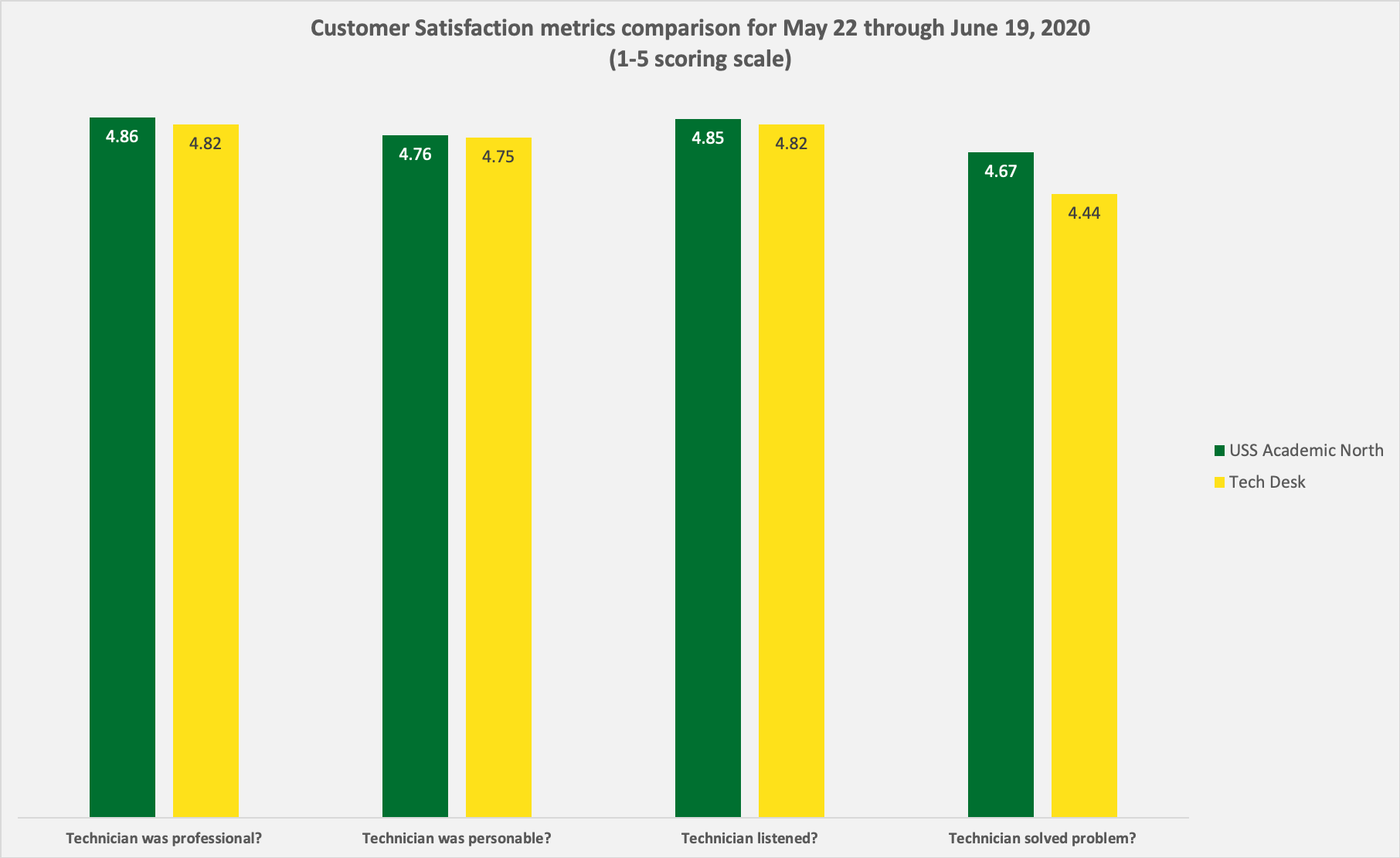At a virtual town hall meeting in June, CIO Jessie Minton and Associate CIO for Applications and Middleware Melody Riley shared the evolution of their vision for Transform IT’s Enterprise University Applications (EUA) Program.
In 2020, the EUA analysis project team found more than 1,100 applications in use at the university, at an aggregate annual cost of $8.9 million, excluding staffing costs. At a virtual town hall meeting that summer, Minton shared the project team’s recommendations for rationalizing the university’s purchasing, development, hosting, management, support, and use of software applications and services.
Since Riley’s arrival at the university in September, she has worked to determine how best to proceed with the rationalization process, considering both the long-term vision for enterprise applications and the path to achieve that vision.
Long-Term EUA Vision
Riley outlined a vision for EUA in terms of the fundamental questions of why to make changes, who to involve, what will be achieved, how those changes will enable the UO mission, and what the ultimate result will be.
Why
Service advisory boards will be aligned to university organizational functions, strategic direction, priorities, and outcomes.
Who
The UO community — both IT staff and non-IT staff — and Information Services, with a focus on the constituents we serve.
What
Applications will be mapped to measurable, value-added services and capabilities.
How
- UO employees can interact with a searchable catalog.
- Consultations with IS about organizational functional needs will be available.
- A path to the right solutions will be clear.
- The right groups will come together from the conception of an idea to its delivery.
Result
The university’s spending plan for technologies is optimized. Technologies will be strategically sourced and will be architected to achieve the maximum value.
EUA Objectives
Riley expanded on the four main objectives for EUA. Here are some highlights:
- Increase efficiency. Increase the reusability, supportability, and scalability of software applications while optimizing their impact to the university.
- Reduce duplication. Understand and meet the organization’s functional needs, improve self-service and on-demand access, and improve training and adoption.
- Optimize IT spending. Invest in the “right” capabilities and solutions, consolidate spending with greater value received, focus on the total cost of ownership and operation, and provide guidance for when to choose a campuswide solution.
- Create equity. Increase the number of services available campuswide and reduce unit-to-unit disparities in technology access.
Foundational Realignments
As a starting point, Riley plans to oversee a series of structural adjustments within Information Services and in the service advisory boards that inform its work.
Riley is collaborating with the Applications and Middleware team to evolve the group’s organization. Also underway is an evaluation of existing service advisory boards (SABs). Some new SABs may be created to guide progress in unrepresented functional areas. Some existing SABs may receive adjusted scopes to better align with capability needs that contribute to the university’s mission.
“We want to reorient around capabilities, focusing on what UO faculty, staff and students are trying to do and the problems they’re trying to solve,” Riley said. “We want to develop and operationalize a model that will grow with us, one that includes hearing the needs of the university.”
Reassessment of governance groups will occur at regular intervals as part of a continual improvement process.
EUA Opportunity Assessment
Along with the realignments, Riley’s team will be conducting “opportunity assessments,” looking for areas of high need or high potential to increase the value per dollar spent. Once those opportunities have been identified, Information Services will assemble teams of technical and nontechnical staff, partnering with departments to assess the current state and identify the desired future state.
Current high-value opportunities — based on need or cost — include time and attendance systems, facilities and building management, web content management, and data analytics.
Existing and new service advisory boards with representation from across the university will provide feedback and guidance at the portfolio level to help prioritize projects and develop roadmaps for implementation.
University IT staff will be invited to participate in work groups throughout the enterprise university applications program.
A timeline and other details are available in the presentation slide deck.
Riley is available to provide the presentation from the town hall to departments throughout the university. Anyone interested can contact her directly at melodyr@uoregon.edu.
